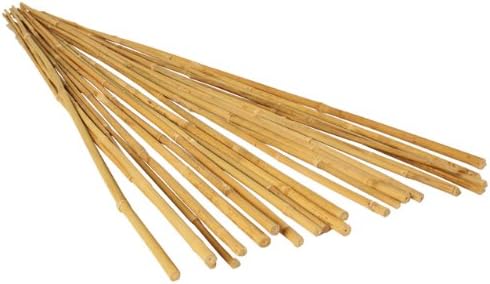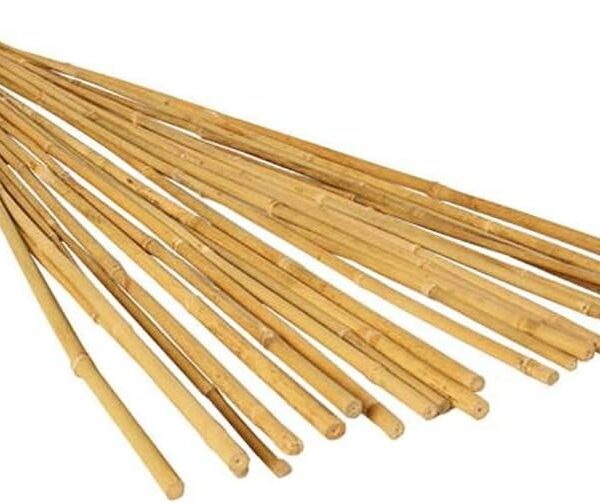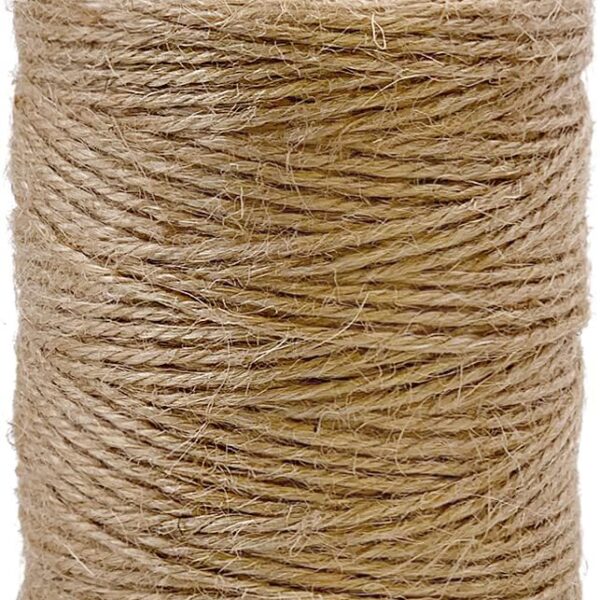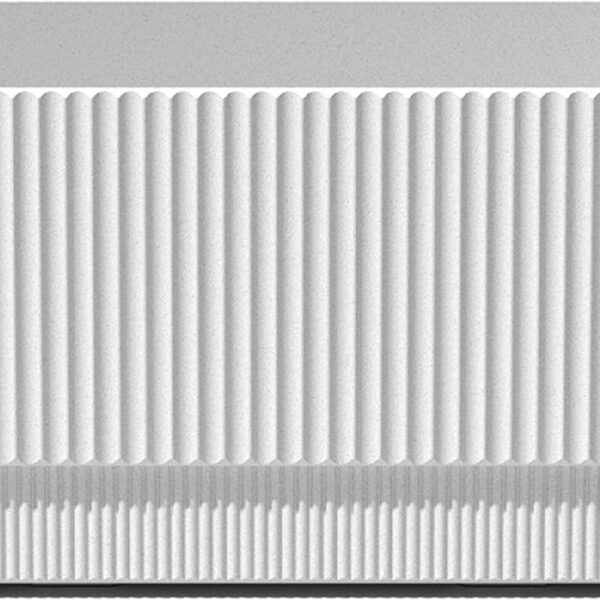

With the next two weeks being prime garden planting time in the midwest, I thought it would be fun to spend that time sharing simple garden tips that I’ve learned along the way. Gardening is really about trial and error. I don’t think there is anyone that has 100% garden success in a given year. If there is, you and I both should be reading their blog and definitely not mine.
After 25 years of having a garden, I still learn something new every year while continuing to have many, many failures. Take my garden last year, shown below. Overall, it was a big fail. Many things didn’t grow well, the deer thought it was their nightly smorgasbord and squash bugs overtook the pumpkins no matter how I tried to deter them. I learned this year I need to focus on adding more nutrients into the soil rather than relying solely on a few rounds of liquid fertilizer over the summer. I’ve got new tricks to try for keeping the deer away. I WILL win! And I’m still at a loss when it comes to the squash bugs.
The moral of the story is, if you don’t try, you don’t learn. If you’ve considered planting a garden, let’s go for it! Start small so you don’t get overwhelmed. Then take what you learned and make it even better next year.

Today we are going to start from the very beginning and discuss a few different types of gardens. Whether you have a tiny balcony or a large yard, you can grow a garden, I promise.
CONTAINER GARDEN
If space is tight or just dipping a toe in to start, perhaps a container garden is the right option. Pack a small container or pot with a few different types of herbs (make sure it has drain holes). Drill holes in the bottom of a five gallon bucket and plant a tomato plant. Grow potatoes in a grow bag. Use a collection of pots to grow cucumbers, peppers, tomatoes, etc. As long as water can drain out the bottom, most anything will work.
PROS:
- Limited space is needed
- Pots are easy to move and relocate, if necessary
- Fewer weeds grow in pots with good soil
- Potential for fewer pests on potted plants
CONS:
- Frequent watering required – pots dry out much quicker than plants in the ground. Once temperatures hit 80 degrees, watering daily is a must. Once the temperatures are above 90 degrees, watering morning and evening is optimal.
- Frequent fertilizing needed – nutrients drain out with each watering.
- Some plants are too large to easily grow in pots such as broccoli, cauliflower, cabbage or corn



*see links below*
RAISED GARDEN BEDS
Start with one bed or add multiple. Build your own or buy pre-made options. Raised garden beds allow for easy garden customization in whatever space available. Increase bed capacity even more by adding garden arches for vertical growing. Raised garden beds are the way to go in my opinion.
PROS:
- Aesthetically pleasing – so many design options whether using wood or metal beds
- Fewer weeds when bed are filled with good soil
- Easy to amend soil by turning up dirt with a shovel and mixing in compost, peat moss, worm castings, etc.
CONS:
- Higher start-up cost – supplies needed to build and fill raised beds
- Beds won’t last forever – beds can eventually deteriorate over time



*see links below*
IN-GROUND GARDEN
Keep it old school. If it works, don’t fix it. In-ground gardens are a cost effective way to grow any and all fruits, vegetables and herbs no matter the size.
PROS:
- Cost effective
- Grow more + larger crops
CONS:
- Hard to work the soil – dirt can be mostly clay, full of rocks, etc.
- Requires more tools – a tiller or even a tractor for larger beds may be needed to prepare the soil each year
- Difficult to control weeds – weeds in an in-ground garden are inevitable requiring regular removal to prevent stealing water and nutrients from plants
- Difficult to control pests – ground pests and pesky animals are harder to deter
- Harder to amend soil – hard-to-work ground soil may not have all nutrients needed for garden produce. Amending is necessary for maximum crop production
- Soil stays cold longer – a later start in the garden means later production dates thus a shorter growing season


*see links below*
Whatever option you choose, you won’t regret the effort when the garden is busting with fresh produce. Store-bought produce doesn’t even come close. Let’s get outside, breathe in the fresh air and get a little dirt under our fingers, shall we?
























